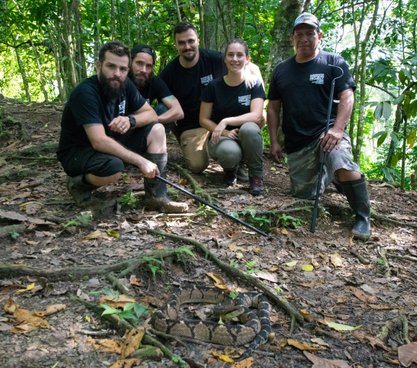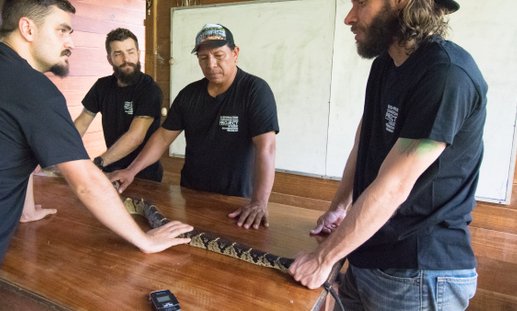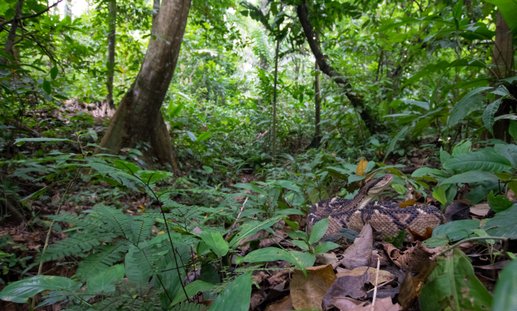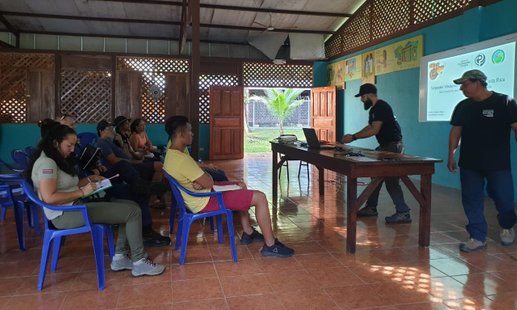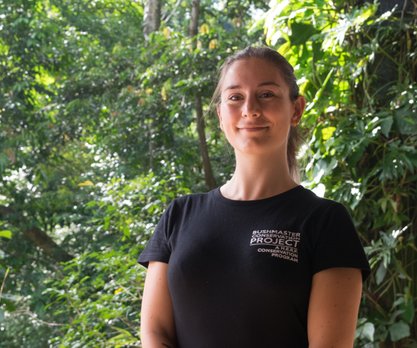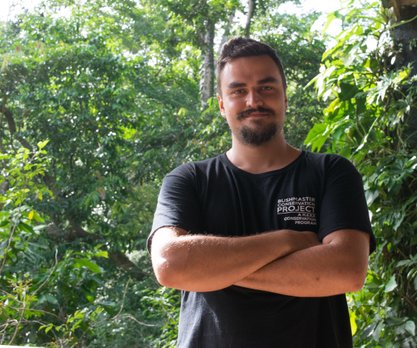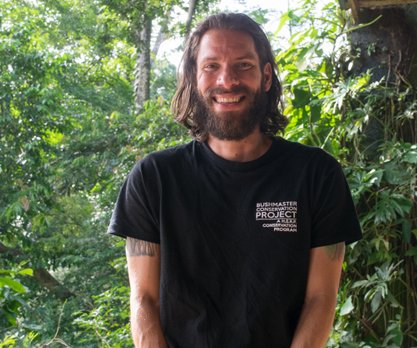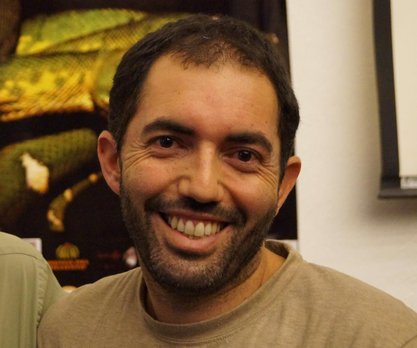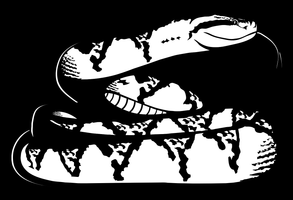ABOUT THE BUSHMASTER CONSERVATION PROJECT
Who are we?
The Bushmaster Conservation Project (BCP) is a conservation program founded by four herpetologists of the Herpetological Education & Research Project (H.E.R.P.).
It is an effort to protect and understand the most enigmatic reptile in the western hemisphere:
the Bushmaster (genus Lachesis).
The BCP is currently working on two species of Bushmasters and is the only in-situ study and conservation effort of its kind.
Our Goals & Research Efforts
Spatial Ecology
We are currently radiotracking bushmasters in order to uncover and study their spatial ecology.
In-situ Conservation
Large snakes are keystone species to their environment. Since bushmasters are still subjected to poaching and habitat loss, protecting them and their environment is of the utmost importance.
Flagship Promotion
There is no data on bushmasters population sizes and home ranges. This, combined with the rarity of the species and the use of primary rainforests as a preferred habitat, raises concern. Using this genus as a flagship species, primary rainforests and their inhabitants can be protected.
Reproductive Behavior
The reproductive behavior of wild bushmasters is relatively unknown. We're trying to observe mating and nesting behavior and report on other intraspecific interactions.
General Ethology
Due to the rarity of sightings in the wild, bushmaster behavior is scarcely understood. Following wild specimens and studying their behavior can help us shed some light on the ethology of these snakes.
Community Outreach
In order to protect the bushmaster, we need the help of the locals. Sensibilisation on the importance of this snake to its environment and thus to local communities is an important part of our daily work.
The BCP Board
Laura Ruysseveldt
Laura is a Belgian herpetologist, specialized in snake ecomorphology, ethology and public education.
She is the founder of the Herpetological Education & Research Project (H.E.R.P.) in Belgium.
As a young entrepreneur she has decided to aid in the protection of several genera of herpetofauna, by setting up and supporting in-situ conservation and research efforts in prime habitat.
Bryan Minne
Bryan is a herpetologist specialized in lizard ecomorphology, snake ecology and captive management of herpetofauna.
As a passionate biologist and COO of the H.E.R.P., he is keen on educating the masses on the importance of the presence of reptiles, such as large venomous snakes, in local ecosystems. Being a viper enthusiast, he has a soft spot for the Lachesis genus.
Aarón Gómez Argüello
Aarón is the curator of the Serpentarium within the Instituto Clodomiro Picado. He is responsible for a major part of the research conducted towards the production of antivenom within the institute.
His primary interests are toxinology, immunology and hematology. Next to these fields of study, Aarón has also conducted various ethological studies on venomous snakes.
Greivin Corrales Chavez
Greivin is considered one of the major Bushmaster experts in Costa Rica. He works as a herpetologist/toxinologist in the Instituto Clodomiro Picado and has been keeping and breeding Lachesis sp. for years.
He has spent the last years researching bushmaster venom and development, as well as their behavior in captivity.
Dr. Randall Arguedas
Randall is a veterinarian specialized in reptiles and amphibians.
Being a skillful vet with decades of experience in working with venomous snakes, he is responsible for the safe implantation of the radiotransmitters and advizes on animal welfare and health.
His interests are pathology, immunology and conservation of birds, reptiles and amphibians.

